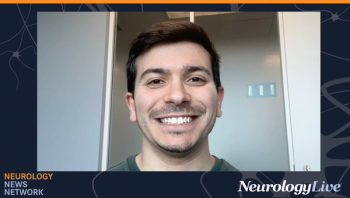
Treating Acute Migraine in the Community Setting
Episodes in this series

David W. Dodick, MD: My recommendation is to maximize the potential benefit of these medications by using them early in the course of attacks. That would be my 1 plea. If you do nothing else, assess the attack profile of the patient. What I mean by that are 2 things, basically. For some patients, the majority of their attacks begin during waking hours. However, there are some patients, for example, who always wake up with their attacks. When they wake up they’re already in a moderate or severe state.
Get a sense of the portion of the timing of attacks for the patient. For the patient who has most of their attacks during waking hours and has a mild-pain phase before it escalates, really emphasize the importance of treating early. You have much better success when you treat early.
Most patients will try a medication only twice. If it doesn’t work for them on 2 separate occasions, they’re done. They’re going to move on, and I don’t blame them. I would too. You wouldn’t want to see them using a medication after the pain has already progressed. It doesn’t work in the way they think that it should. And then they would forget about it. That forever becomes a medication on the list that doesn’t work. Whereas if they had taken it early, it could have worked beautifully.
You’d hate to leave something on the table, and you’d hate to not be able to maximize the full benefit of the medication by not using it appropriately. As important as it is to prescribe something, it’s also important to maximize its full potential by making sure it’s used properly. My plea would be to use it early while pain is still mild.
Newsletter
Keep your finger on the pulse of neurology—subscribe to NeurologyLive for expert interviews, new data, and breakthrough treatment updates.








































